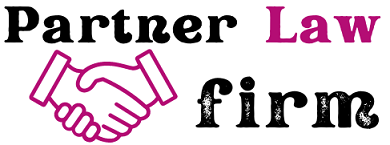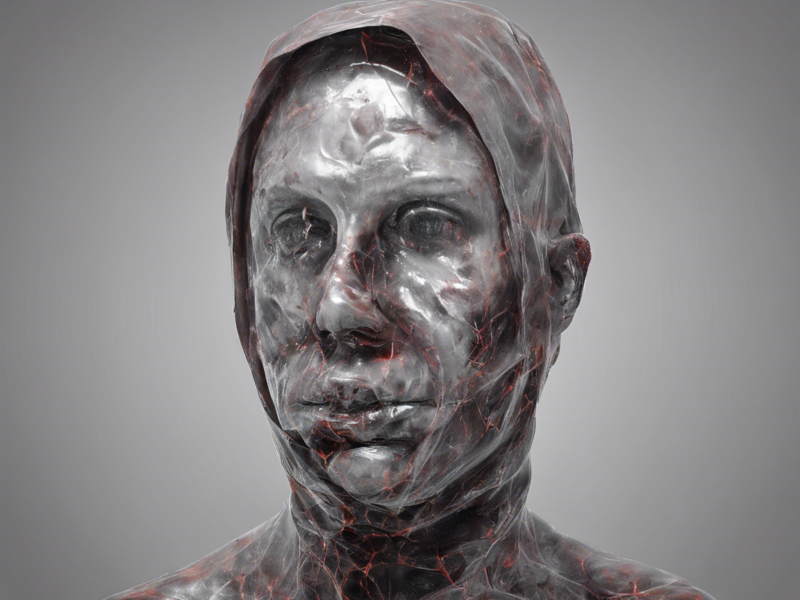A degloved face injury is a severe type of facial trauma that occurs when the skin and underlying tissue are completely torn away from the underlying muscles, bones, and nerves. This type of injury is often the result of high-velocity impacts, such as those sustained in car accidents, industrial accidents, or falls from a significant height. Degloved face injuries can have devastating consequences, both physically and psychologically, and require immediate medical attention to prevent complications and minimize long-term damage.
Causes of Degloved Face Injuries
-
Motor Vehicle Accidents: Car accidents, motorcycle accidents, and pedestrian accidents are common causes of degloved face injuries. The high speeds and forces involved in these accidents can lead to the skin being forcefully separated from the underlying structures of the face.
-
Workplace Accidents: Industrial accidents involving heavy machinery, equipment malfunctions, or falls from heights can also result in degloved face injuries. Workers in construction, manufacturing, and other high-risk industries are particularly vulnerable to these types of injuries.
-
Sports Injuries: Athletes participating in high-impact sports, such as football, hockey, or extreme sports, are at risk of sustaining degloved face injuries due to collisions, falls, or impacts from equipment.
-
Physical Assault: Violent attacks or physical altercations can also result in degloved face injuries, particularly if the victim’s face is struck with significant force or against a hard surface.
Symptoms of Degloved Face Injuries
-
Visible Tearing of the Skin: The most obvious sign of a degloved face injury is the separation of the skin from the underlying tissue, often resulting in a flap of loose, damaged skin.
-
Severe Swelling and Bruising: The affected area may appear swollen, bruised, and discolored due to the trauma and internal bleeding.
-
Pain and Tenderness: Patients may experience significant pain, tenderness, and discomfort at the site of the injury.
-
Numbness or Tingling: Damage to the nerves in the face can cause numbness, tingling, or loss of sensation in the affected area.
-
Difficulty Moving the Face: In severe cases, patients may have difficulty moving their facial muscles or opening and closing their mouth due to the extent of the injury.
Treatment Options for Degloved Face Injuries
-
Emergency Medical Care: Immediate medical attention is crucial for degloved face injuries to assess the extent of the damage, control bleeding, and prevent infection. Patients may require stabilization, pain management, and intravenous fluids to support their condition.
-
Surgical Intervention: In most cases, surgical repair is necessary to reattach the skin and soft tissue to the underlying structures of the face. This may involve debridement of damaged tissue, realignment of facial features, and closure of the wound using sutures or skin grafts.
-
Wound Management: Proper wound care is essential for promoting healing and reducing the risk of complications. This may include cleaning the wound, applying dressings, and monitoring for signs of infection.
-
Pain Management: Patients may be prescribed pain medications to help alleviate discomfort during the recovery process. Nonsteroidal anti-inflammatory drugs (NSAIDs) and other pain relievers may be used as needed.
-
Physical Therapy: Rehabilitation exercises and physical therapy may be recommended to improve mobility, strength, and function in the affected area once the initial healing phase is complete.
Potential Complications of Degloved Face Injuries
-
Infection: The exposed tissues in a degloved face injury are vulnerable to infection, which can lead to further tissue damage, delayed healing, and systemic complications if left untreated.
-
Scarring and Disfigurement: Even with appropriate treatment, degloved face injuries can result in noticeable scarring, asymmetry, and changes in facial appearance that may require additional cosmetic procedures.
-
Nerve Damage: Damage to the facial nerves can cause sensory disturbances, facial paralysis, or loss of muscle function, affecting facial expressions, sensation, and overall quality of life.
-
Emotional and Psychological Impact: Coping with the physical changes and emotional trauma of a degloved face injury can be challenging, leading to anxiety, depression, and self-esteem issues that may require counseling or therapy.
-
Functional Limitations: Severe degloved face injuries can impact a person’s ability to speak, eat, breathe, and perform daily activities, requiring ongoing support and accommodations for optimal functioning.
FAQ: Frequently Asked Questions About Degloved Face Injuries
1. Is a degloved face injury a life-threatening condition?
– While degloved face injuries are not typically life-threatening on their own, they can be associated with severe bleeding, head trauma, or other injuries that may require immediate attention.
2. How long does it take to recover from a degloved face injury?
– The recovery time for a degloved face injury can vary depending on the extent of the damage, the effectiveness of treatment, and the individual’s overall health. In general, it may take several weeks to months for full healing and restoration of function.
3. Can degloved face injuries be prevented?
– Degloved face injuries are often the result of accidents or traumatic events that may be difficult to predict or prevent. However, wearing appropriate safety gear, following workplace protocols, and practicing safe driving habits can help reduce the risk of such injuries.
4. Will I need plastic surgery after a degloved face injury?
– In many cases, plastic surgery may be necessary to address scarring, skin irregularities, or cosmetic concerns following a degloved face injury. A plastic surgeon can assess the damage and recommend appropriate reconstruction procedures.
5. How can I support a loved one recovering from a degloved face injury?
– Providing emotional support, assisting with daily tasks, attending medical appointments, and encouraging healthy habits can all help a loved one cope with and recover from a degloved face injury. Professional counseling or support groups may also be beneficial.
In conclusion, degloved face injuries are serious and complex traumatic injuries that require prompt evaluation and treatment by medical professionals. By understanding the causes, symptoms, treatment options, complications, and potential outcomes of these injuries, individuals can better prepare for the challenges associated with recovery and rehabilitation. Vigilance, patience, and a multidisciplinary approach to care are essential in managing degloved face injuries and promoting optimal healing and recovery.

